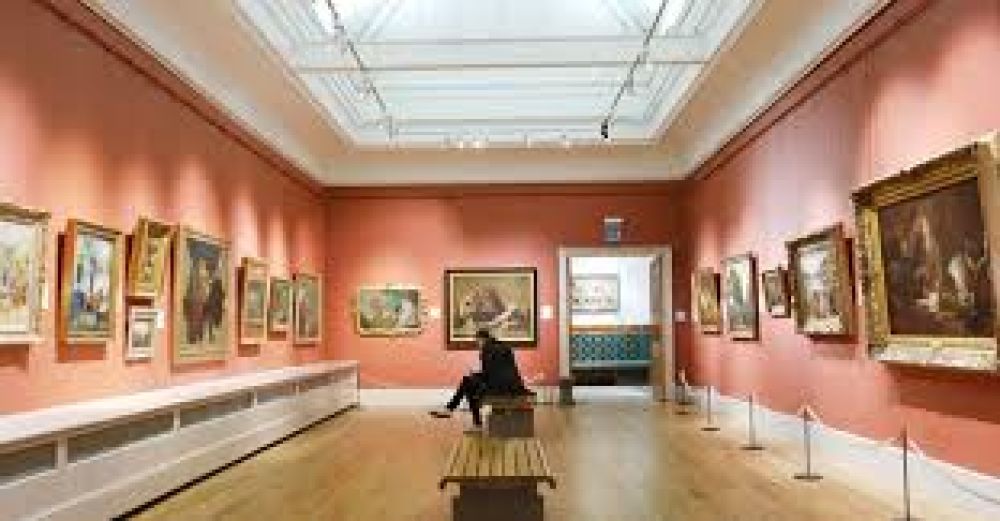

Brighton Museum & Art Gallery is a municipally owned public museum and art gallery in the city of Brighton and Hove in the South East of England. It forms part of the "Royal Pavilion & Museums, Brighton and Hove". The museum is located in the Royal Pavilion garden, at the heart of the city's cultural quarter.
The history of tourism at the Brighton Museum & Art Gallery is closely linked to the development of Brighton as a fashionable seaside resort in the late 18th and early 19th centuries. The museum opened its doors in 1861 after being founded by John Cordy Burrows, a former mayor of Brighton, and was initially located in the Royal Pavilion. It moved to its current premises in the Pavilion's gardens in 1902.
As the museum expanded its collections and reputation over the years, it attracted both locals and tourists interested in the arts, culture, and history. The Edwardian era saw a remarkable growth in cultural tourism, with visitors coming to Brighton not only for the beaches but also for its burgeoning arts and cultural scene, with the museum playing a significant role.
Throughout the 20th century, the museum underwent various refurbishments and extensions, consistently updating its exhibitions and facilities to enhance the visitor experience. This ongoing development has continually attracted new generations of visitors, keen to explore the museum's rich collections, which include decorative arts, fashion, local and world history, and visual arts.
In recent years, there has been a focus on diversifying the offerings of the museum to include interactive and immersive exhibits. Educational programs and special events have also become a key part of the museum's attraction, broadening its appeal to families, school groups, and international tourists.
Sustainability in travel and eco-tourism are among the latest tourism trends affecting destinations like Brighton Museum & Art Gallery. Visitors are increasingly interested in the provenance of the objects on display and the museum's role in conservation and cultural education.
The Brighton Museum & Art Gallery is also active in the digital space, offering virtual tours and online collections, which aligns with the latest trend of digital engagement in tourism. The museum's presence on social media and online platforms has made it accessible to a global audience, thus expanding its reach and influence in the cultural tourism sector.
Despite the challenges faced by the tourism industry in recent years, including the impact of the COVID-19 pandemic, the Brighton Museum & Art Gallery has remained an important cultural destination. With its rich history, diverse collections, and adoption of modern trends, it continues to play an integral role in the vibrant tourism landscape of Brighton and Hove.